CTIA 2007
Motorola must have been burning the midnight oil in the months and weeks leading up to the onslaught of recent major trade shows. CES and 3GSM saw plenty of new handsets from Moto, and they unveiled yet another slew of phones bound for the US market this week at CTIA. They ranged from higher-end feature phones to very basic phones. While we were disappointed that there were no major breakthrough products, Motorola announced a mix of CDMA and GSM phones. Let's start at the top and work our way down, shall we?
The MotoRAZR maxx Ve is Motorola's new music-playing clamshell bound for Verizon. It comes with EV-DO for data, stereo Bluetooth and a 2-megapixel camera with autofocus.* (Moto's first 2 MP cam for Verizon). Looking at it, it's certainly a purty addition to the RAZR line, but trades the brushed metal surfaces for a high-gloss plastic exterior on the face. This glossy finish seems to be the exterior-du-jour for phone makers these days, and as with all of them, the smudge factor is extremely high. After handling it on the show floor, we definitely felt like we needed to run to the nearest bathroom and wash our hands.
The back of the maxx Ve has a nice textured paint finish, giving you that "grippy" feeling when you hold it in your hand. There are raised, silver Motorola and Verizon logos on the back, which are somewhat of a classy touch. It feels very light. Trading the metal finish for plastic has definitely reduced the weight a bit. The front of the maxx Ve also has the touch-capacitance buttons to control the music player. When a call comes in, two strips along either side of the front of the phone light up, alerting you to a call if you have it in silent mode. There are the standard volume and speakerphone keys along the side, as well as an external microSD slot.
Opening it up, it has that RAZR-style keypad, which provides a fair amount of feedback when using it. It was definitely the best keypad of the new batch of phones, and did a good job of using the etched metal surface to make it easy to type out messages and numbers. It's hampered a bit by the Verizon interface, but is perfectly serviceable in finding and using the applications and services you are interested in.
The camera is interesting. Opening the phone, you see a small button thing on the hinge. When the camera is active, this button allows you to focus, save and send pictures. The autofocus took about 2 seconds to do its thing before you could actually take the picture. You can also set it so the large-ish front display becomes the viewfinder so you can add yourself to pictures. The video recorder functions similarly, and with a 2 GB microSD card, the maxx Ve can record up to one hour (yes, a full hour!) of video, rather than the 15-second snippets that many phones limit you to.
The music player is similar to that of other Verizon-branded phones.* The screen is very nice, sharp and bright.
The ROKR Z6m is a CDMA version of the RIZR Z6 that was announced at CES. Because it is music-centric, they have decided to rename it ROKR. Not quite sure where Moto is going with this branding ideology, but it's a solid CDMA mid-level feature phone. Also supporting EV-DO, stereo Bluetooth and 2GB worth of tunes, it has a full 3.5mm headphone jack and the same slider form factor as the Z6. The Z6m has a high-gloss exterior on the front, with the D-pad and function keys positioned at the bottom. The back of the Z6m has the same type of textured feel as the Ve, and stays in your hand well. The slider mechanism felt finished and firm. There's a little ledge just above the D-pad that catches your thumb and is very convenient to assist in opening and shutting the phone. The D-pad itself provided good feedback and clicked nicely as you used it to navigate the BREW interface.
With the Z6m open, the keypad is yet another offshoot of the etched metal keypad like the RAZR. This keypad was definitely a step down from the Ve in terms of quality. It felt just a hair cheaper and the entire keypad itself moved around a bit. This could be that the Z6m is very first phone you can put your hands on in the Motorola booth, and it probably got a lot of use over the course of the week. Of course, the keypad could also just be a bit cheaper, too. The screen was very good, tough. It displayed colors accurately and was nice and crisp.
The music player is a simple affair, and can be accessed easily with the controls. One interesting thing is that the Z6m does not support Windows digital rights management, so an songs in your library that have Windows DRM will not be compatible with the phone. Otherwise it plays most major file formats. There was also an actual sliding keypad locking button on the side of the phone so users can manually lock the keypad and prevent accidental interaction with the phone. The GSM variant of the Z6 does not have this feature. It also has a 2-megapixel camera. No carrier announcements have been set, and neither has a price point.
The Motorola i876 is an iDEN phone is somewhat unique in that it's another attempt to sexify the iDEN handsets. We can't say that "espresso" brown is all that sexy, but its slimmer profile goes a long way to reduce the bulk factor. It has a smooth finish, and the paint scheme has flecks, or "grinds" that give it some visual texture and just a wee bit of sparkle. One interesting thing is that it uses a Linux-Java platform, and Motorola said it will be moving more of its phones to a Linux-Java platform over the coming year.
There are buttons all around the outside of the phone to access different features and such, including volume toggles and the walkie-talkie keys. Opening it up is a bit of a disappointment. The keyboard is cheap feeling and the screen has much lower resolution than that of the Z6m and maxx Ve. There was lots of visible granularity and pixelization of the menus and icons on the screen. The D-pad is not a circle like other Moto phones, but a 4-way T-shaped key. While the keys were rounded and smooth, and felt natural under your thumbs, the overall experience of using the keypad was not all that enjoyable.
The i876 also has stereo Bluetooth, a 1.3 megapixel camera, a microSD slot and a large external display. It should hit streets in the 4th quarter.
The W355 (above) and W385 (below) are entry-level feature phones bound for CDMA carriers. They both feature KRZR-esque styling, with the same soft-textured backs. The W385 has a cheap plastic exterior and slimmer monochrome exterior display.
The W355 has a "spun" metal-looking cover on the front, and definitely is a step up from the W385 in terms of fit and finish. The keypads on both were very disappointing. The W385 had a rubberized keypad, and the function and D-pad buttons, er, nubs, were so small it felt like you were pressing down on a pimple, rather than a button. The feedback was not good, either. The W355 was slightly better, and was basically a plastic version of the RAZR-style keypad. Using plastics for the keypad greatly reduces the cool factor of its appearance. Both also come with pretty basic feature sets. They will use 1xRTT for data. The W385 has an FM radio and the W355 has Bluetooth. The W355 will also come in several colors, essentially blue, black and brown. No carriers announcements were made, and the Motorola reps said they will be compatible with all US CDMA carriers.
Lastly, there were the GSM-based W380 (above) and W395 (below). These two phones are very basic entry-level phones bound for US MVNOs. They also are cheaper takes on the KRZR design, with much lower end materials. They are both very slim and light, and have the same textured paint has the W355 and W385. The W380 has a VGA camera, and a slim exterior monochrome display that basically only tells you what your battery power is, what your coverage is, and whether or not you have any messages. The keypad and materials where the cheapest of the bunch. Though the keypad had a reasonable amount of feedback, the materials were much lower in quality than any of the other handsets from Motorola.
The W395 is a little bit of a step up and offers a 1.3 megapixel camera, a microSD slot a larger, full-color exterior display and slightly better keyboard materials and build. The keypad here was metal, rather than plastic, and but it didn't match the Z6m. The W395 will support GPRS data, and there is no exact word on which data standards the W380 will support. The W395 will be announced later this year, with availability expected in the early third quarter.
Also on display was the W360, a SLVR-like low-end GSM bar phone:
* Corrected April 9, 2007. The Ve does not have FM radio, and the music controls can be activated without opening the phone.


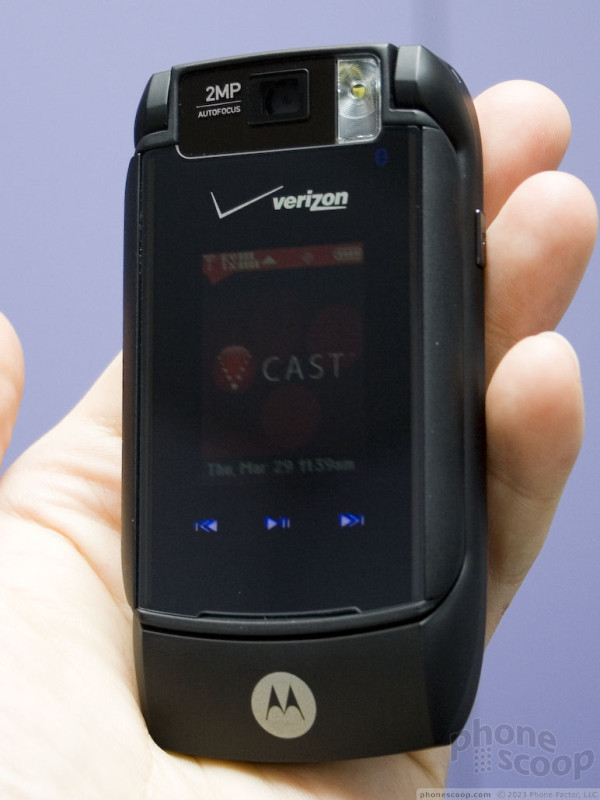







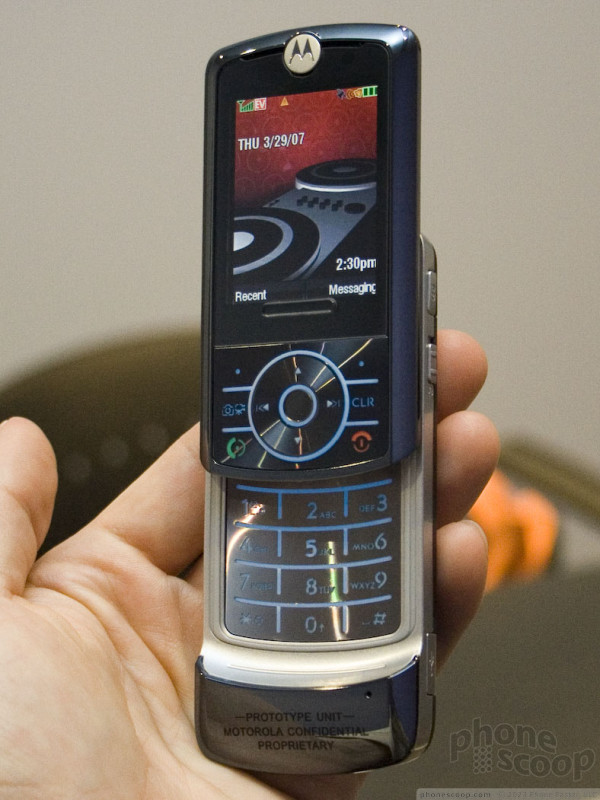







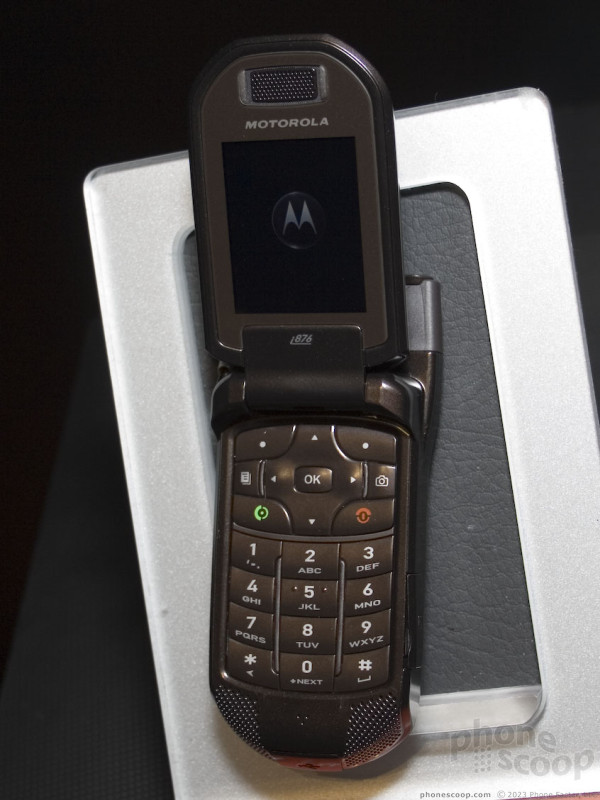






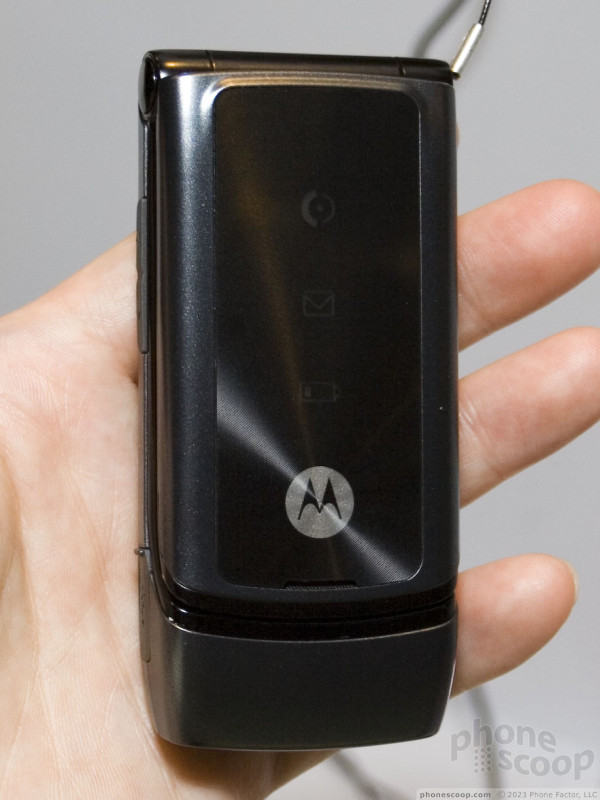





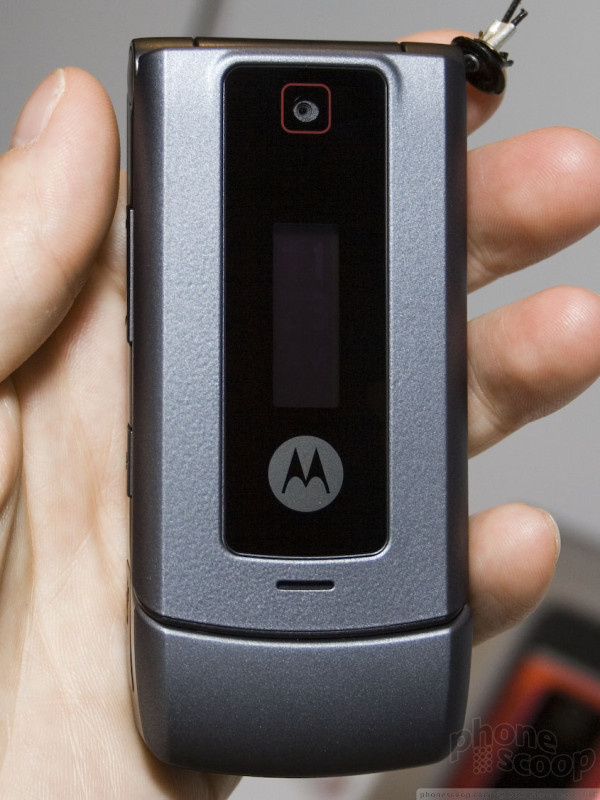



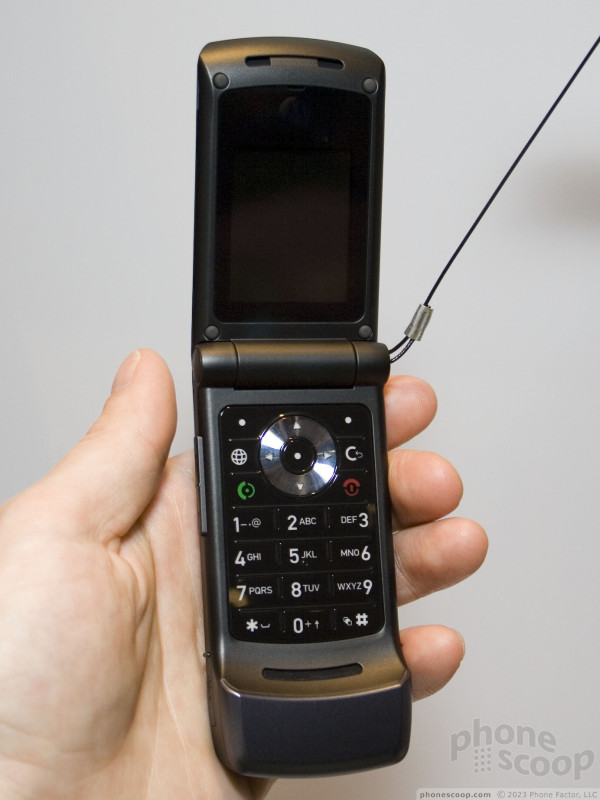






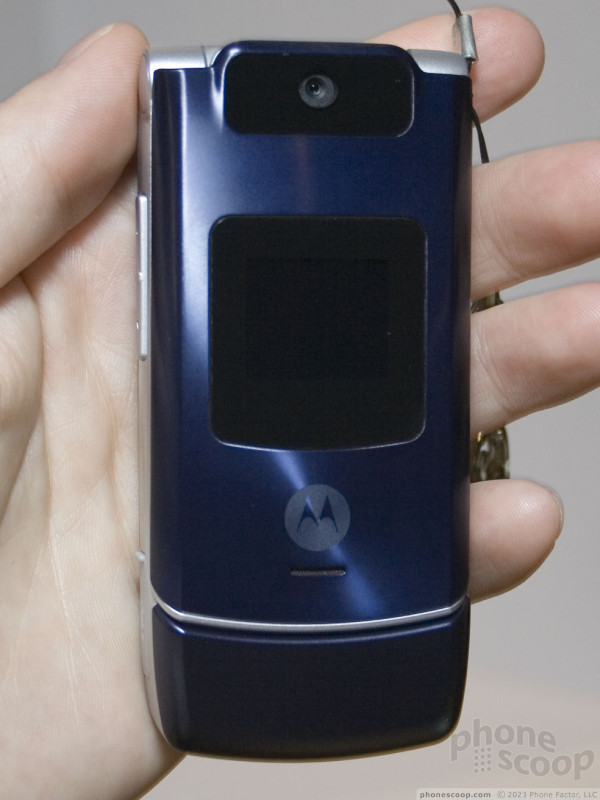



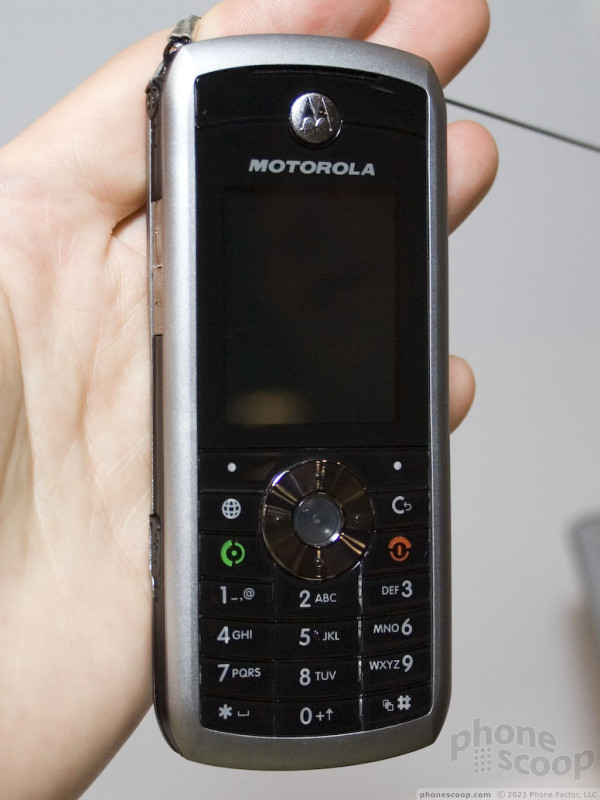



 Review: Sony Ericsson Z750
Review: Sony Ericsson Z750
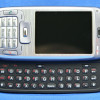 Review: HTC SMT-5800
Review: HTC SMT-5800
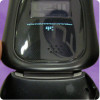 CTIA Fall 2007
CTIA Fall 2007
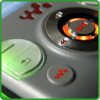 Review: Sony Ericsson W580i
Review: Sony Ericsson W580i
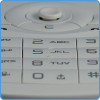 Video Tour: Pantech C150
Video Tour: Pantech C150
 Motorola RAZR maxx Ve
Motorola RAZR maxx Ve
 Pantech Ocean
Pantech Ocean
 Samsung SCH-U540
Samsung SCH-U540







